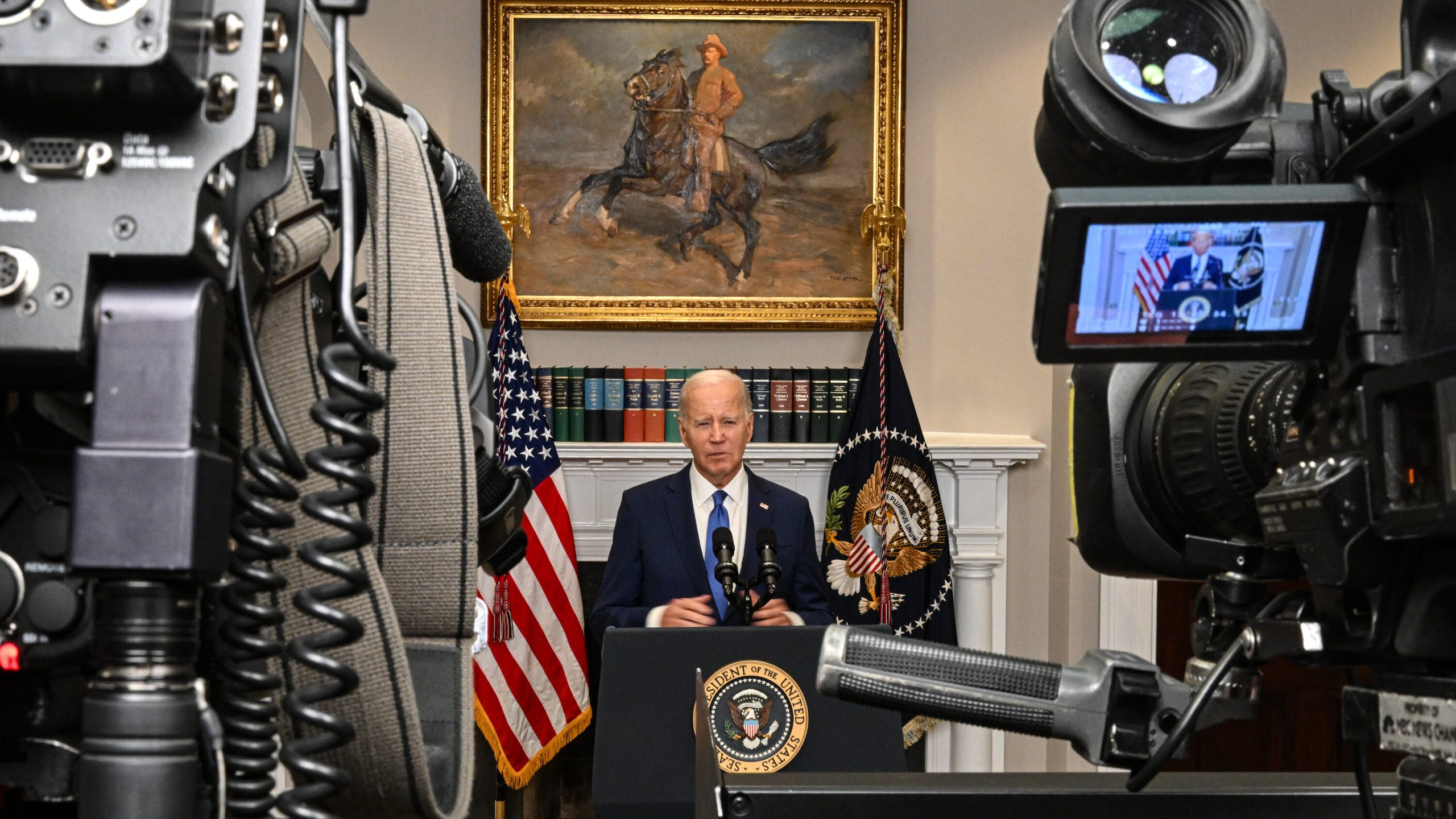The government has announced a partnership between the National Science Foundation (NSF), leading tech companies in artificial intelligence (AI), and nine other federal agencies to initiate a pilot program focused on establishing a shared AI research infrastructure. This development is in line with the directives outlined in President Biden’s AI executive order signed at the end of October.
The pilot program, named the National Artificial Intelligence Research Resource (NAIRR), involves collaboration with prominent private entities such as Amazon Web Services, Anthropic, Google, IBM, Meta, Microsoft, NVIDIA, and OpenAI.
Federal agencies joining hands with the NSF on this initiative include the Department of Energy, NASA, the National Institutes of Health, the U.S. Patent and Trade Office, and the Department of Defense.
Katie Antypas, Director of the National Science Foundation’s Office of Advanced Cyberinfrastructure, emphasized the necessity of the NAIRR pilot, stating that the resources required to participate in the AI ecosystem have become concentrated and inaccessible to many crucial communities.

The program aims to address this issue by facilitating access to resources, allowing, for instance, an AI professor at a community college to support their classroom or a researcher studying extreme weather to leverage NASA data sets for advancing new models.
The duration of the pilot program is set at two years. The initial focus will be on supporting AI research to promote “safe, secure, and trustworthy AI,” along with applications of AI addressing challenges in healthcare and sustainability, as outlined by the National Science Foundation.
Operations will be structured into four key areas: NAIRR Open, facilitating open AI research through diverse AI resource access; NAIRR Secure, jointly led by NIH and DOE to support AI research with privacy and security-preserving resources; NAIRR Software, exploring interoperable use of AI software; and NAIRR Classroom, extending outreach to communities through education and training.
Researchers can apply for initial access to NAIRR resources through an online pilot portal. The program plans to have a broader call for proposals in the spring. In its initial launch, the pilot is expected to support approximately 25 to 50 research projects. By integrating more resources and capabilities by spring, the program aims to expand support to about 100 to 400 projects.


